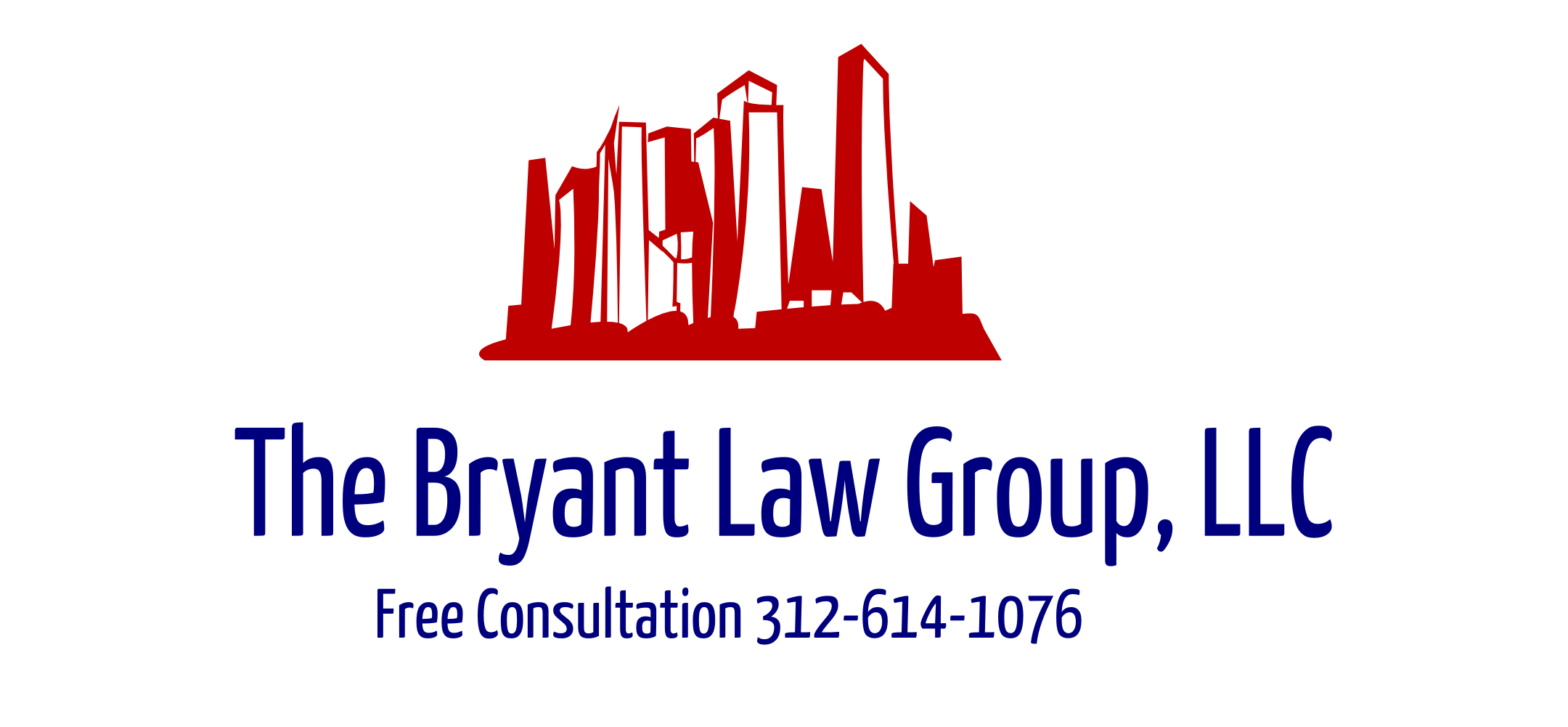According the Cook County Record and other news outlets, plaintiffs in a class action lawsuit filed against the city of Chicago for improper red light camera violations has survived a motion to dismiss by the city. The lawsuit, which alleged that the city failed to send a second notice of violation, as required by its ordinances, to give those receiving the tickets sufficient chance to contest them in court, before the city began assessing additional fees and fines for the unpaid tickets. In other words, the suit states that failing to provide the second notice was a violation of offender’s due process.
The city moved to dismiss this lawsuit and the circuit court judge, Kathleen Kennedy, not only denied this motion bet held the following in her ruling:
““The ordinance makes it clear that the city was required to send a second notice before determining liability,” the judge wrote. “The city argues that notices received by plaintiffs satisfied due process because ‘due process only requires notice and an opportunity to be heard’ … Here, plaintiffs’ receipt of a single violation notice does not mean that due process was satisfied when the ordinance mandates that two notices be sent to a non-responder before a determination of liability.”
The plaintiffs in this lawsuit are seeking class action status and this is another step forward in that pursuit. If plaintiffs do reach class action status and are able to prevail at trial, then the city could be facing hundreds of millions of dollars in fees that they must refund to drivers who paid these tickets without receiving the second notice.
It’s worth pointing out that weeks after this lawsuit was filed, the city immediately changed its’ procedure when issuing these tickets. They immediately began requiring they issue the second notice to violators. It will be unclear whether this action would be admissible into evidence if the case makes it to trial. Typically, subsequent remedial behavior by a tortfeasor is not admissible into evidence.
I have been writing in this blog for years now that red light and speed camera programs should end. Studies have shown that they do not provide a net safety benefit to the city as the number of traffic accidents have not decreased since the implementation of these cameras. I will be following this lawsuit closely in the news in the coming months.
If you or someone you love has been injured in a Chicago car crash or a Chicago truck accident, then call Chicago personal injury lawyer, Aaron J. Bryant, for a free legal consultation at 312-614-1076.
